Home>Garden Essentials>When To Plant Grass Seed In Indiana
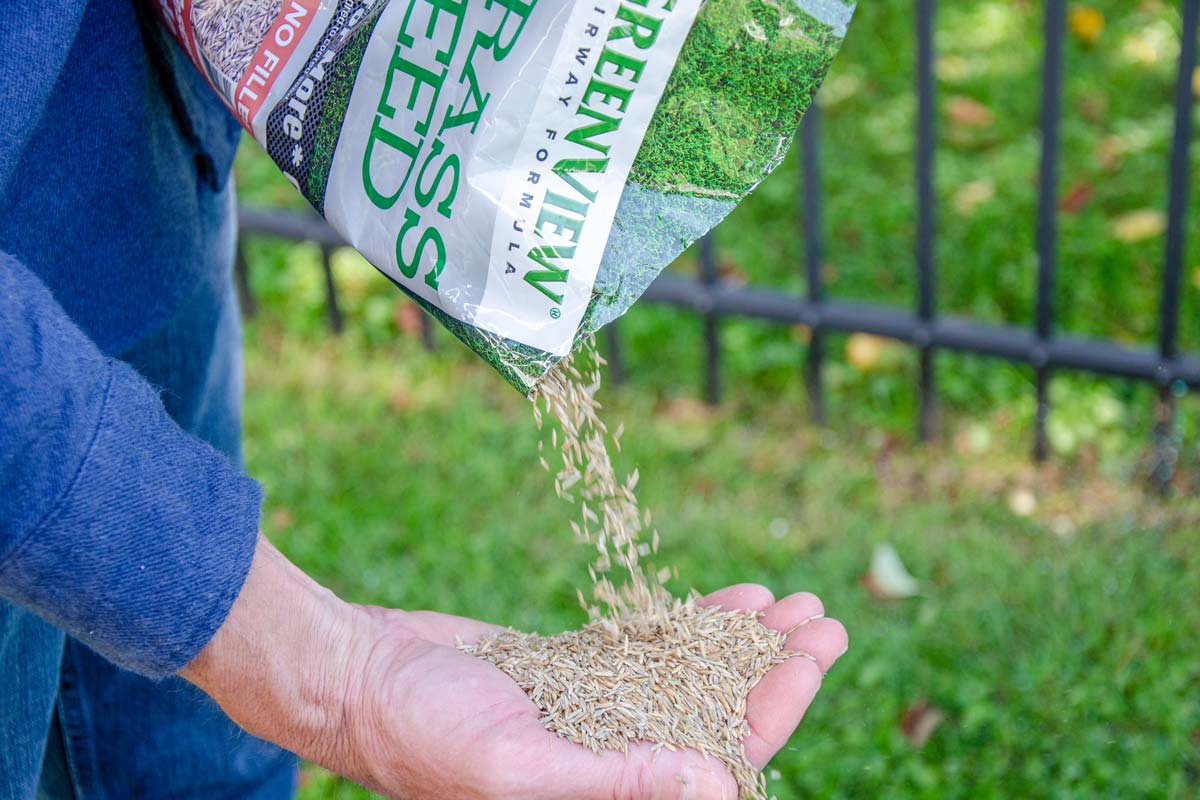

Garden Essentials
When To Plant Grass Seed In Indiana
Modified: March 15, 2024
Find out the ideal time to plant grass seed in Indiana for a vibrant garden. Expert tips and guidelines for successful gardening in Indiana.
(Many of the links in this article redirect to a specific reviewed product. Your purchase of these products through affiliate links helps to generate commission for Storables.com, at no extra cost. Learn more)
Introduction
When it comes to creating a lush and vibrant lawn in Indiana, planting grass seed at the right time is crucial for success. Understanding the optimal planting times and following proper techniques can greatly enhance the chances of a beautiful and healthy lawn. This article will guide you on when to plant grass seed in Indiana and provide tips for soil preparation, seed selection, planting techniques, and ongoing maintenance.
Indiana experiences a diverse climate, with cold winters and warm summers. The best time to plant grass seed in Indiana is during the early fall or late spring when temperatures are milder, and the soil is still warm. These seasons allow the seeds to establish strong roots before facing extreme weather conditions.
Factors such as the specific grass species, the condition of your soil, and your location within Indiana can also influence the ideal planting time. By considering these factors and following the recommendations provided in this article, you can ensure optimal conditions for your grass seed to germinate and thrive.
Key Takeaways:
- Timing is crucial for planting grass seed in Indiana. Early fall and late spring are the best periods, providing warm soil and moderate temperatures for optimal germination and root development.
- Proper soil preparation and grass seed selection are essential for a healthy lawn. Clear the area, test the soil, choose the right grass species, and follow recommended planting times for successful establishment.
Read more: When To Seed Grass In Indiana
Factors to Consider
Before determining the best time to plant grass seed in Indiana, it is important to consider various factors that can influence the success of your lawn. By understanding these factors, you can make informed decisions and create an environment conducive to grass seed germination and growth.
- Climate: Indiana has a transitional climate, which means it experiences both warm and cold seasons. The timing of grass seed planting should coincide with periods of moderate temperatures and adequate rainfall. Avoid extreme temperature fluctuations and drought conditions, as they can hamper seed germination and establishment.
- Grass Species: Different grass species have varying growth patterns and temperature preferences. Selecting the right grass species for your lawn is crucial. Cool-season grasses like Kentucky bluegrass and fescue varieties thrive in the Indiana climate. These grasses perform best in cooler temperatures and can withstand the region’s occasional heat and drought spells.
- Soil Conditions: The condition of your soil greatly affects the success of grass seed germination and growth. Conduct a soil test to determine its pH level and nutrient content. Most grass species prefer a slightly acidic soil with a pH range between 6.0 and 7.0. If the pH is too high or too low, amendments may be necessary to create an optimal environment for seed establishment.
- Site Preparation: Adequate site preparation plays a crucial role in ensuring successful grass seed establishment. Clear the area of debris, rocks, and weeds before planting. Smooth out any uneven patches and aerate the soil to improve water and air circulation. Loosen compacted soil to allow the grass roots to penetrate easily. Proper site preparation sets the foundation for healthy grass growth.
- Water Availability: To establish a healthy lawn, sufficient water is vital during the germination and early growth stages. Ensure that you have a reliable water source and access to irrigation systems or sprinklers. Consider rainfall patterns in your area and plan your grass seed planting accordingly. Adequate watering during establishment is essential for strong root development.
- Sun Exposure: Grasses have varying sun exposure requirements. Determine the amount of sunlight your lawn receives throughout the day. Shade-tolerant grass species, such as fine fescue varieties, are suitable for areas with partial shade. If your lawn receives full sun, opt for sun-loving grass species, like Kentucky bluegrass. Choosing the right species based on sun exposure will help ensure healthy growth.
- Maintenance: Consider your availability and willingness to commit to ongoing lawn care and maintenance. Different grass species have varying maintenance requirements in terms of mowing, fertilizing, and pest control. Choose a grass species that aligns with your maintenance preferences and schedule.
By taking these factors into account, you can make informed decisions about when and how to plant your grass seed in Indiana. This will lay the foundation for a healthy and vibrant lawn that can withstand the challenges of the region’s climate.
Recommended Times for Planting Grass Seed
Choosing the right time to plant grass seed in Indiana is crucial for successful germination and establishment. The climate and seasonal conditions play a significant role in determining the recommended planting times. Here are the optimal periods for planting grass seed in Indiana:
- Early Fall: The early fall season, typically from late August to mid-September, is considered the best time to plant grass seed in Indiana. During this time, the soil is warm from the summer heat, and cooler temperatures help prevent stress on germinating seeds. The fall rains also provide adequate moisture for seed germination and establishment.
- Late Spring: Another favorable time to plant grass seed in Indiana is during the late spring, from mid-April to late May. The soil is moist from spring rains, and the temperatures are moderate. This allows the seeds to germinate quickly and establish strong root systems before the hot summer months arrive.
These recommended planting times align with the growth patterns of cool-season grasses commonly used in Indiana, such as Kentucky bluegrass, tall fescue, and fine fescue varieties. These grass species thrive in cooler temperatures and can tolerate the region’s occasional heat and drought spells.
It’s important to note that specific grass species may have slight variations in their ideal planting times. Consult with local gardening experts or refer to the seed packaging for more precise guidelines.
When planning your grass seed planting, consider the weather conditions and forecast. Aim to plant on a clear day when rain is not expected immediately, as heavy rainfall can wash away seeds or create waterlogged conditions that inhibit germination.
Ultimately, the goal is to provide the seeds with optimal conditions for successful germination and establishment. By planting in the recommended periods of early fall or late spring, you increase the chances of a healthy and vibrant lawn in Indiana.
Preparing the Soil
Proper soil preparation is essential for the successful germination and growth of grass seed in Indiana. Preparing the soil before planting allows for improved water and nutrient absorption, encourages strong root development, and provides a favorable environment for seed establishment. Here are some steps to follow when preparing your soil for grass seed:
- Clear the area: Begin by removing any existing vegetation, weeds, rocks, or debris from the planting area. This will create a clean and even surface for seed germination.
- Test the soil: Conduct a soil test to determine the pH level and nutrient content of your soil. This information will help you identify any necessary amendments to create optimal growing conditions for your grass. Contact your local agricultural extension office for soil testing kits or consult with a professional.
- Adjust soil pH: Many grass species prefer a slightly acidic soil with a pH range of 6.0 to 7.0. If your soil’s pH is outside this range, you may need to adjust it accordingly. Adding lime to raise the pH or sulfur to lower it can help create a more favorable environment for grass seed germination and growth.
- Loosen the soil: Use a garden tiller or a rake to loosen the topsoil to a depth of about 4 to 6 inches. This will promote better root penetration and allow for the proper circulation of air, water, and nutrients.
- Remove weeds and grass: Inspect the soil for any remaining weeds or grass roots. Pull them out manually or use a weed killer to eliminate them. This step helps prevent competition for resources and allows your grass seed to establish itself without hindrance.
- Level the ground: Smooth out any uneven areas in the soil using a rake or leveling tool. This will create a uniform surface for planting and mowing.
- Amend the soil: Depending on the results of your soil test, you may need to add organic matter or fertilizer to improve the soil’s nutrient content. Incorporating compost, aged manure, or a balanced slow-release fertilizer according to the package instructions can enhance the soil’s fertility and provide essential nutrients for optimal grass growth.
By following these steps, you will create the ideal growing conditions for grass seed in Indiana. Preparing the soil adequately will ensure that your grass seed has the best chance of germinating, establishing strong roots, and developing into a lush and healthy lawn.
The best time to plant grass seed in Indiana is in the late summer or early fall, between mid-August and mid-September. This allows the seeds to establish before winter and thrive in the following spring.
Choosing the Right Grass Seed
When it comes to choosing the right grass seed for your lawn in Indiana, several factors should be considered, including the local climate, soil conditions, intended use of the lawn, and personal preferences. Selecting the appropriate grass seed will ensure that your lawn thrives and remains resilient to the region’s weather conditions. Here are some key points to consider when choosing grass seed for your Indiana lawn:
- Climate Adaptation: Select grass species that are adapted to the Indiana climate. Cool-season grasses like Kentucky bluegrass, tall fescue, and fine fescue varieties are popular choices for their ability to tolerate both the cold winters and hot summers of Indiana.
- Intended Use: Determine the primary use of your lawn. Some grass species are better suited for high-traffic areas, while others are more shade-tolerant or drought-resistant. Kentucky bluegrass is well-known for its durability and is ideal for lawns that will see regular activity. Fine fescues are shade-tolerant and perform well in areas with limited sunlight.
- Seed Mixtures: Consider using a seed mixture that combines multiple grass species. This can provide a diverse and resilient lawn that can handle various environmental conditions. A mixture of Kentucky bluegrass, tall fescue, and fine fescue varieties can offer a balance of durability, tolerance, and appearance.
- Seed Quality: Purchase high-quality grass seed from reputable suppliers. Look for seed with a high germination rate and minimal weed content. Check for labels indicating the seed’s purity and germination rate. Investing in quality seed will result in a healthier and more visually appealing lawn.
- Local Recommendations: Seek recommendations from local nurseries, extension offices, or gardening experts who are familiar with the specific climate and growing conditions in your area. They can provide valuable insight into the best grass seed varieties for your location.
- Consider Maintenance: Evaluate the maintenance requirements of different grass species. Some may require more frequent mowing, fertilizing, or watering. Choose a grass seed that aligns with your willingness and ability to maintain the lawn properly.
- Personal Preferences: Consider your personal preferences regarding the appearance and texture of the grass. Different grass species and varieties have distinct characteristics in terms of color, leaf texture, and growth habit. Visit local parks, golf courses, or neighbors’ lawns to observe different grass species in person and decide which one appeals to you.
By taking into account these factors, you can make an informed decision when choosing the right grass seed for your Indiana lawn. Remember, selecting a suitable grass species and variety is crucial for establishing a healthy and visually pleasing lawn that can withstand the region’s climate.
Read more: How To Plant Grass Seed In Indiana
Planting Techniques
Proper planting techniques play a vital role in ensuring the successful establishment of grass seed in your Indiana lawn. By following the correct methods, you can maximize germination rates and create favorable conditions for healthy grass growth. Here are some essential planting techniques to consider:
- Seed Distribution: Spread the grass seed evenly across the prepared soil surface. Use a seed spreader or your hand to ensure a uniform distribution of seeds. Avoid clumping or over-seeding in one area, as this can lead to uneven growth and competition for resources.
- Seed Depth: The appropriate seeding depth depends on the grass species you are using. As a general guideline, aim for a seed depth of 1/8 to 1/4 inch. Consult the packaging or local experts for specific recommendations, as different grass species may have varying requirements.
- Seed-to-Soil Contact: Create good seed-to-soil contact by lightly raking or rolling the seeded area. This step helps ensure that the seeds come into contact with the soil, promoting germination. Avoid burying the seeds too deep, as this can inhibit their ability to receive light and oxygen.
- Mulching: Consider applying a thin layer of organic mulch, such as straw or shredded leaves, to help retain moisture, provide insulation, and prevent the seeds from drying out or being washed away by heavy rain. The mulch can be removed once the grass seedlings start to emerge.
- Watering: Proper watering is crucial during the germination and establishment stages. After planting the grass seed, water the area thoroughly to saturate the soil to a depth of at least 6 inches. Continue to water the area lightly and frequently to keep the topsoil moist until the grass seedlings reach a height of 2 inches. Avoid overwatering, as it can lead to disease and shallow root growth.
- Timing: Consider planting grass seed when rain is in the forecast or when you can water the area consistently. Planting before a light rain shower can help facilitate seed germination. Avoid planting during periods of heavy rain or drought, as it can hinder seed growth and establishment.
- Monitor and Adjust: Regularly inspect the seeded area and monitor its progress. Adjust watering and maintenance practices as needed. Be patient, as germination rates and speed can vary depending on the grass species and environmental conditions.
Following these planting techniques will help ensure successful grass seed germination and establishment. Remember to consider the specific requirements of the grass species you have chosen, as they may have unique recommendations for planting and maintenance.
With proper planting techniques and ongoing care, you can look forward to a lush and healthy lawn in Indiana.
Watering and Maintenance
Proper watering and regular maintenance are essential for the long-term health and vitality of your Indiana lawn. Providing adequate moisture, along with routine care, can help your grass seed establish strong roots, develop denser turf, and resist common lawn issues. Here are some guidelines for watering and maintenance:
Watering:
- Deep Watering: Water deeply and infrequently to encourage deep root growth. This helps the grass plants become more resilient to drought conditions. Apply enough water to moisten the soil to a depth of 6 inches. This depth can be checked with a soil probe or by inserting a screwdriver or similar tool into the ground.
- Watering Frequency: Water the lawn as needed, usually once or twice a week, depending on rainfall and temperature. Avoid overwatering, as it can promote shallow root growth and make the lawn more susceptible to disease, pests, and weeds. As the grass matures, gradually increase the time between watering sessions.
- Time of Day: Water early in the morning or in the late afternoon to minimize water loss through evaporation. Watering during these times allows the grass to dry before nightfall, reducing the risk of diseases caused by prolonged moisture on the blades.
- Monitor Soil Moisture: Regularly check the soil moisture level by digging a small hole in the lawn. If the top inch of soil feels dry, it’s time to water. Use a rain gauge or a moisture sensor to help determine when irrigation is necessary.
- Irrigation System: Consider installing an automatic irrigation system or using sprinklers that provide even coverage. Proper sprinkler placement and calibration can help ensure water reaches all areas of the lawn effectively without any wastage.
Maintenance:
- Mowing: Maintain a regular mowing schedule, keeping the grass at an appropriate height for its species. Avoid removing more than one-third of the grass blade length in a single mowing. Mow with sharp blades to prevent tearing or damaging the grass.
- Fertilization: Feed your lawn with a balanced fertilizer according to the recommended schedule for your grass species. Fertilization provides essential nutrients that promote healthy growth and improve the lawn’s ability to resist weeds and withstand stress.
- Weed Control: Regularly monitor and remove weeds as they appear. Use manual removal or spot treatments with appropriate herbicides, following label instructions. Maintaining a thick and healthy lawn will naturally suppress weed growth.
- Aeration: Consider aerating your lawn once a year to relieve soil compaction and improve water and nutrient infiltration. Aeration helps the grass roots penetrate deeper into the soil, resulting in a healthier and more robust lawn.
- Overseeding: Over time, some thinning or bare patches may occur in your lawn. Consider overseeding these areas to fill in the gaps and maintain a dense turf. Follow proper seeding techniques for best results.
- Pest Management: Monitor for any signs of pest infestation, such as grubs or lawn-damaging insects. Employ appropriate pest management strategies, including cultural practices and targeted treatments, to keep your lawn healthy and pest-free.
Regular watering and maintenance practices will help ensure a healthy and vibrant lawn in Indiana. By providing proper care, you can enjoy a lush and resilient lawn that enhances the beauty of your outdoor space.
Conclusion
Creating a beautiful and thriving lawn in Indiana requires careful consideration of various factors, including the timing of grass seed planting, proper soil preparation, seed selection, planting techniques, and ongoing maintenance. By following the guidelines outlined in this article, you can achieve optimal conditions for grass seed germination and establish a healthy lawn that can withstand the challenges of the Indiana climate.
Choosing the right time to plant grass seed is crucial, with early fall and late spring being the recommended periods. During these seasons, the soil is warm, and temperatures are moderate, allowing for optimal seed germination and root development. Taking into account the specific grass species, soil conditions, and site preparation requirements further ensure successful establishment.
The selection of the right grass seed is equally important. Consider the climate adaptation, intended use of the lawn, seed mixtures, seed quality, local recommendations, and your personal preferences when choosing the grass species and variety for your Indiana lawn.
Preparing the soil properly before planting involves clearing the area, testing the soil, adjusting pH levels, loosening the soil, removing weeds, leveling the ground, and amending the soil if necessary. Adequate soil preparation creates a favorable environment for seed germination and root growth.
When it comes to planting techniques, ensure proper seed distribution, appropriate seed depth, good seed-to-soil contact, and optional mulching. Consistent watering, monitoring soil moisture, and adjusting irrigation practices to prevent overwatering or underwatering are also vital for successful establishment.
Maintaining your lawn includes regular watering, deep and infrequent, mowing at appropriate heights, fertilization, weed control, aeration, overseeding, and pest management. By following these maintenance practices, you can keep your lawn healthy, vibrant, and resistant to common lawn issues.
In conclusion, with proper timing, preparation, seed selection, planting techniques, and maintenance, you can establish and maintain a beautiful and healthy lawn in Indiana. By understanding the specific needs of your lawn and applying the knowledge presented in this article, you will be well-equipped to create and enjoy a lush and inviting outdoor space.
Frequently Asked Questions about When To Plant Grass Seed In Indiana
Was this page helpful?
At Storables.com, we guarantee accurate and reliable information. Our content, validated by Expert Board Contributors, is crafted following stringent Editorial Policies. We're committed to providing you with well-researched, expert-backed insights for all your informational needs.
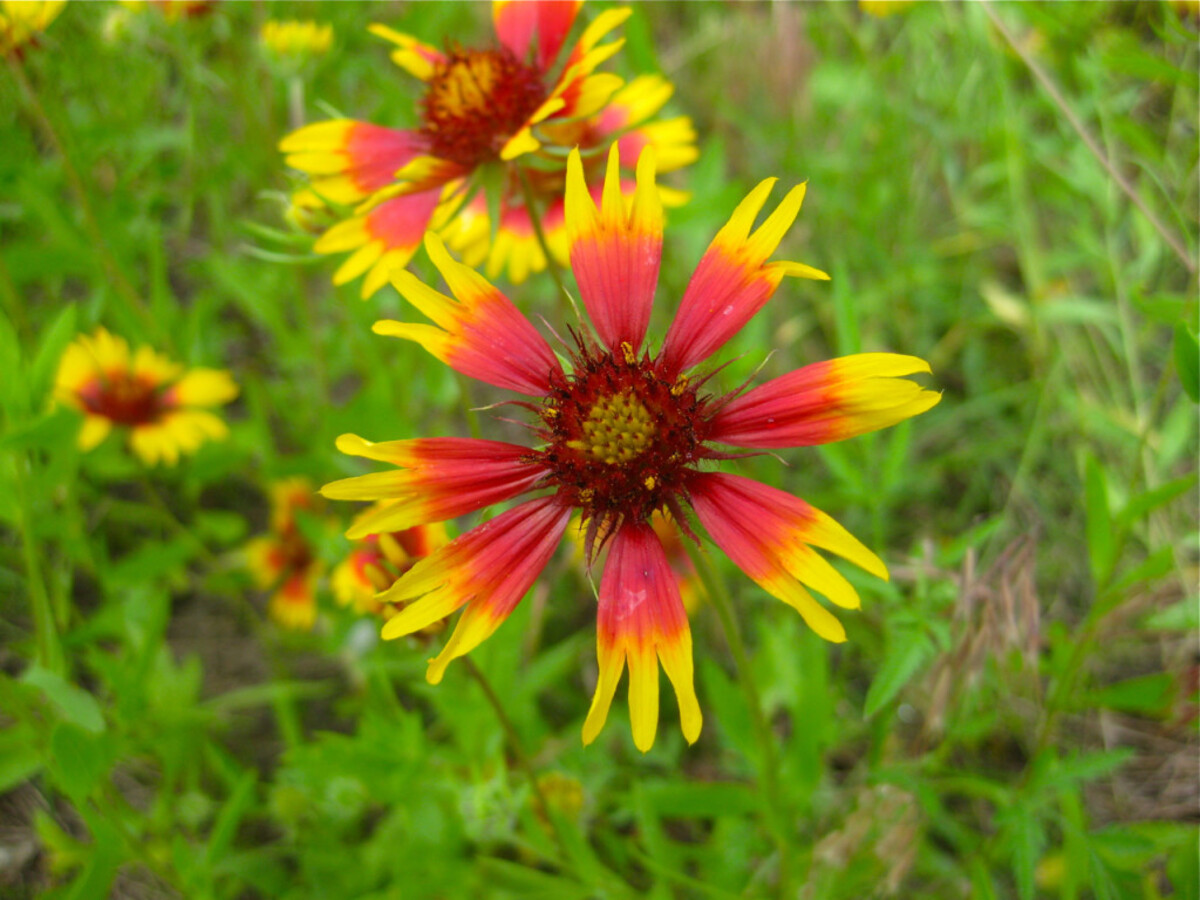
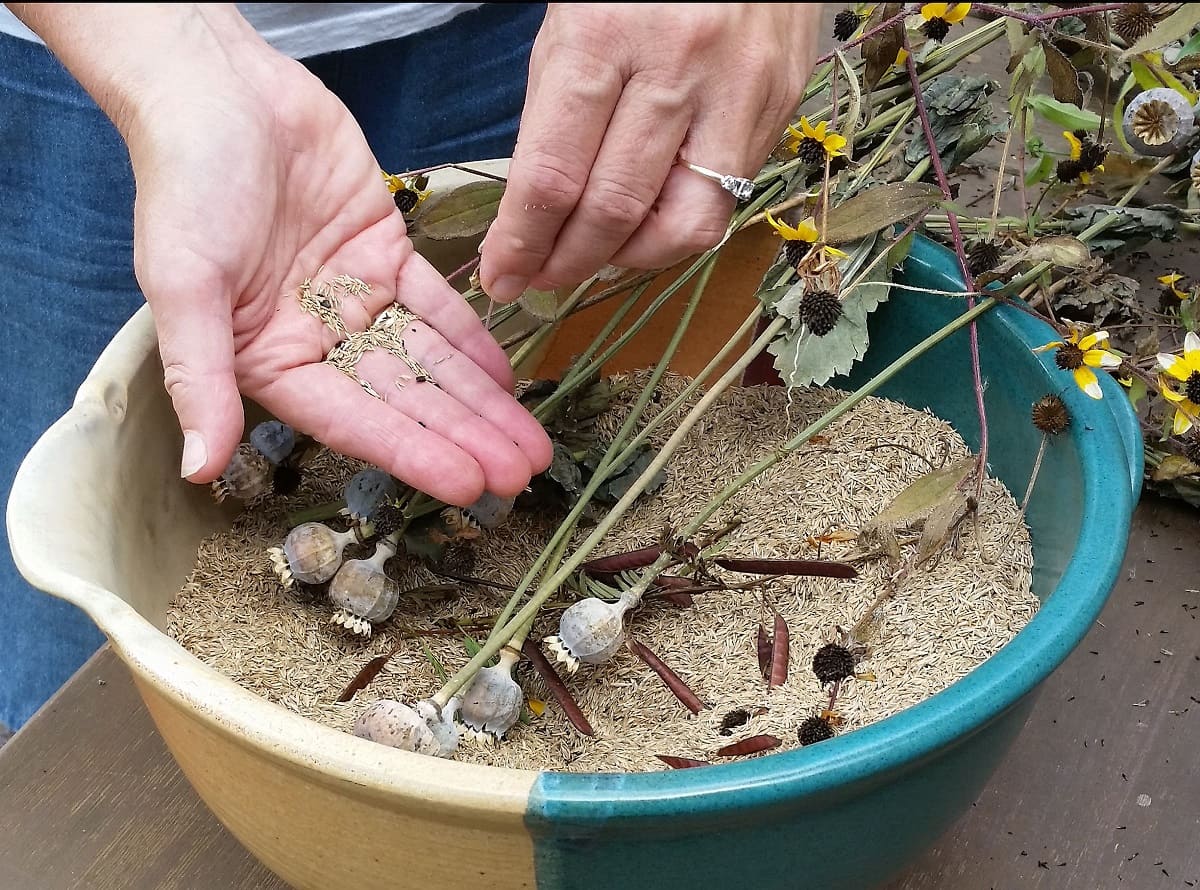
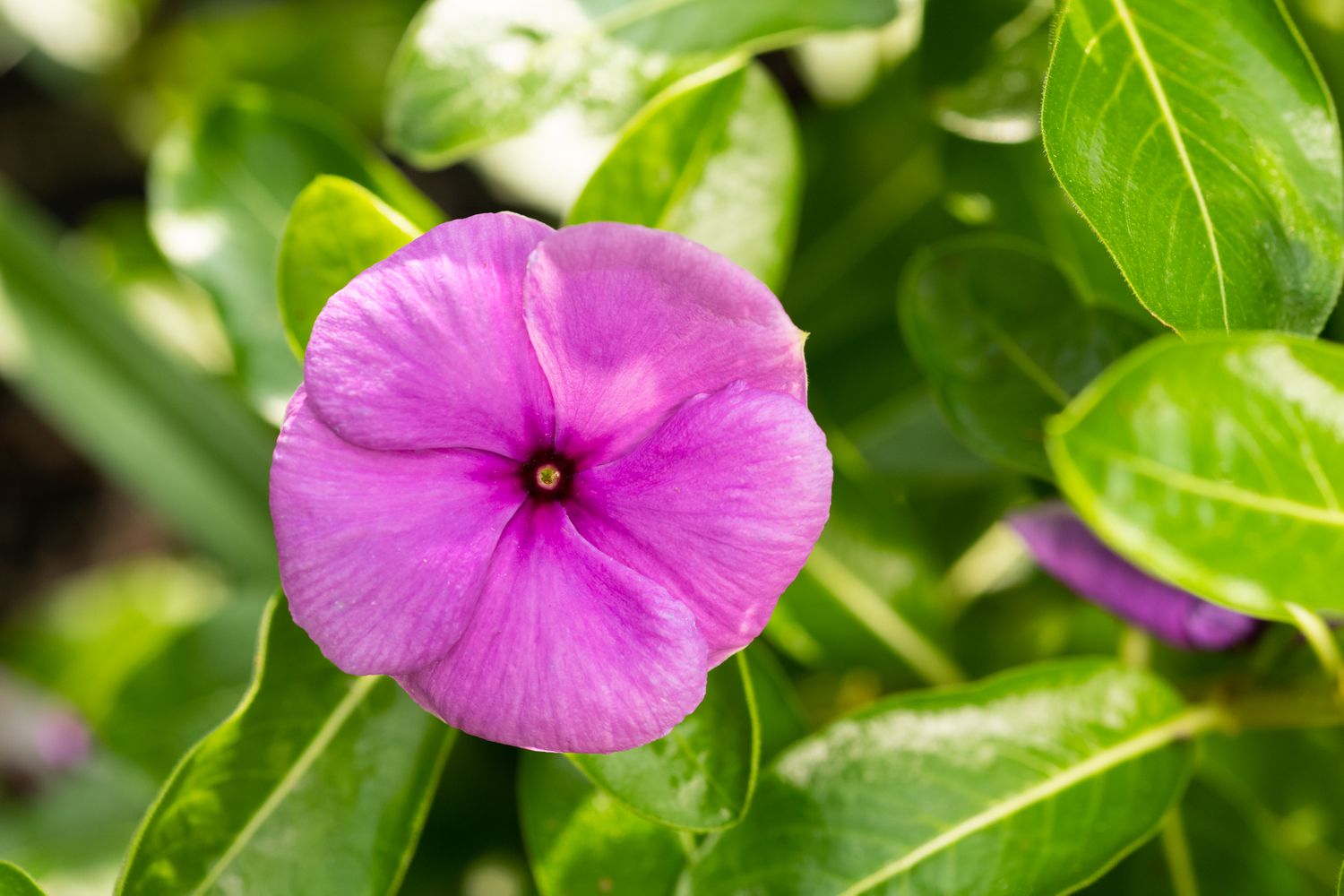
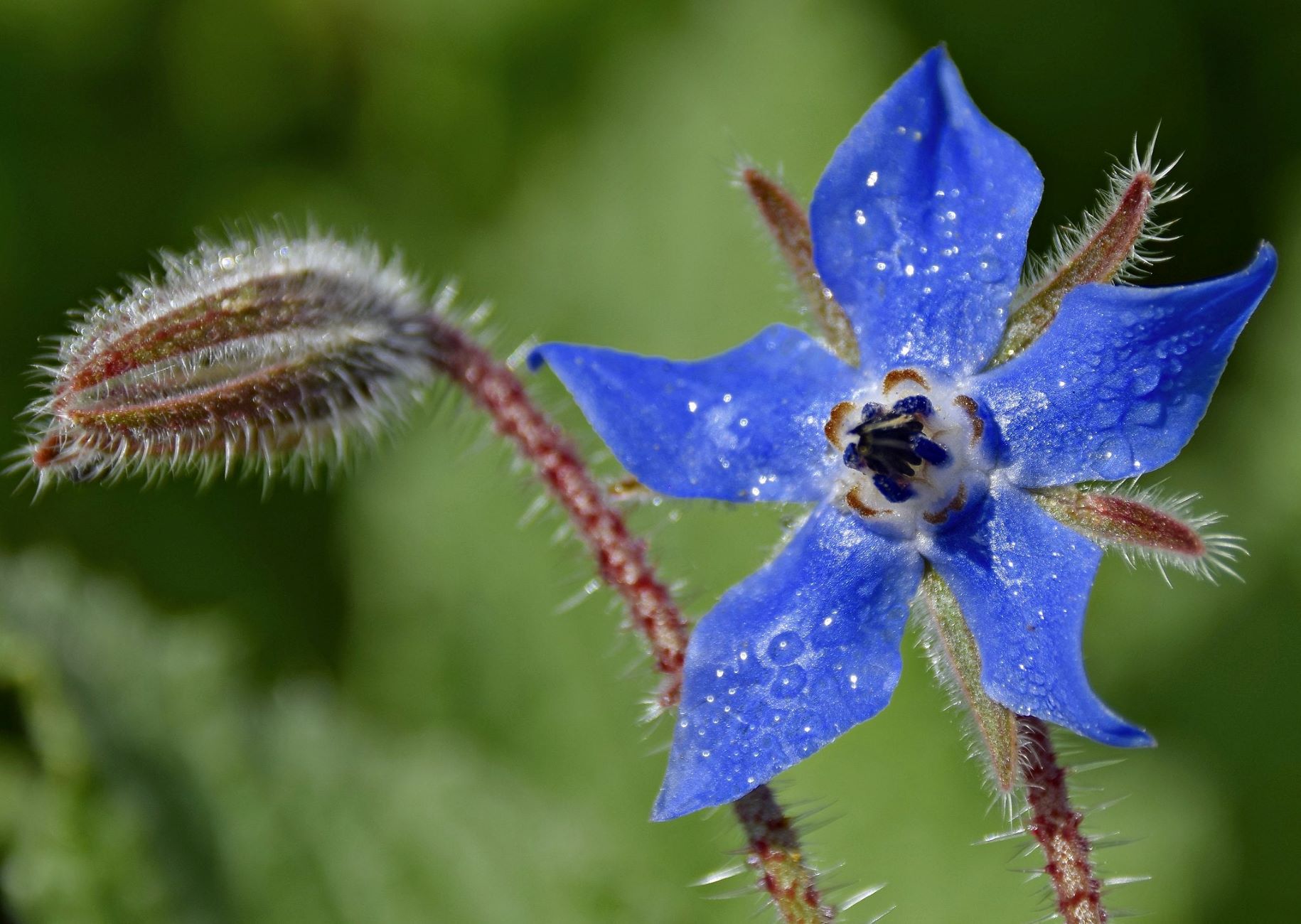
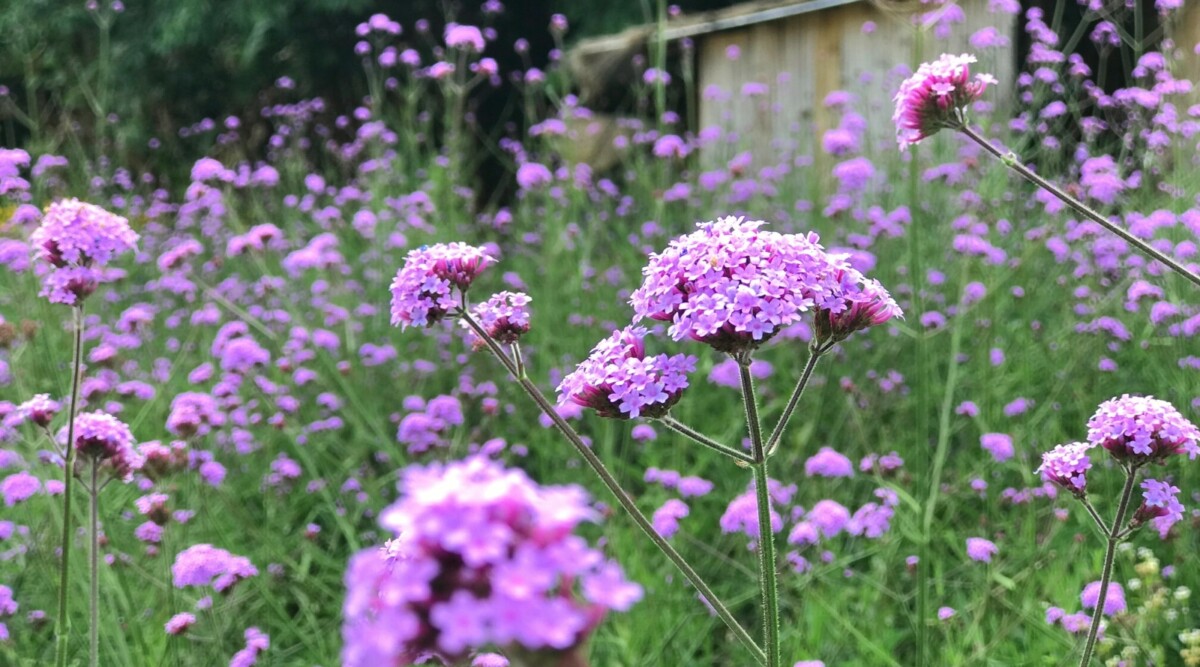
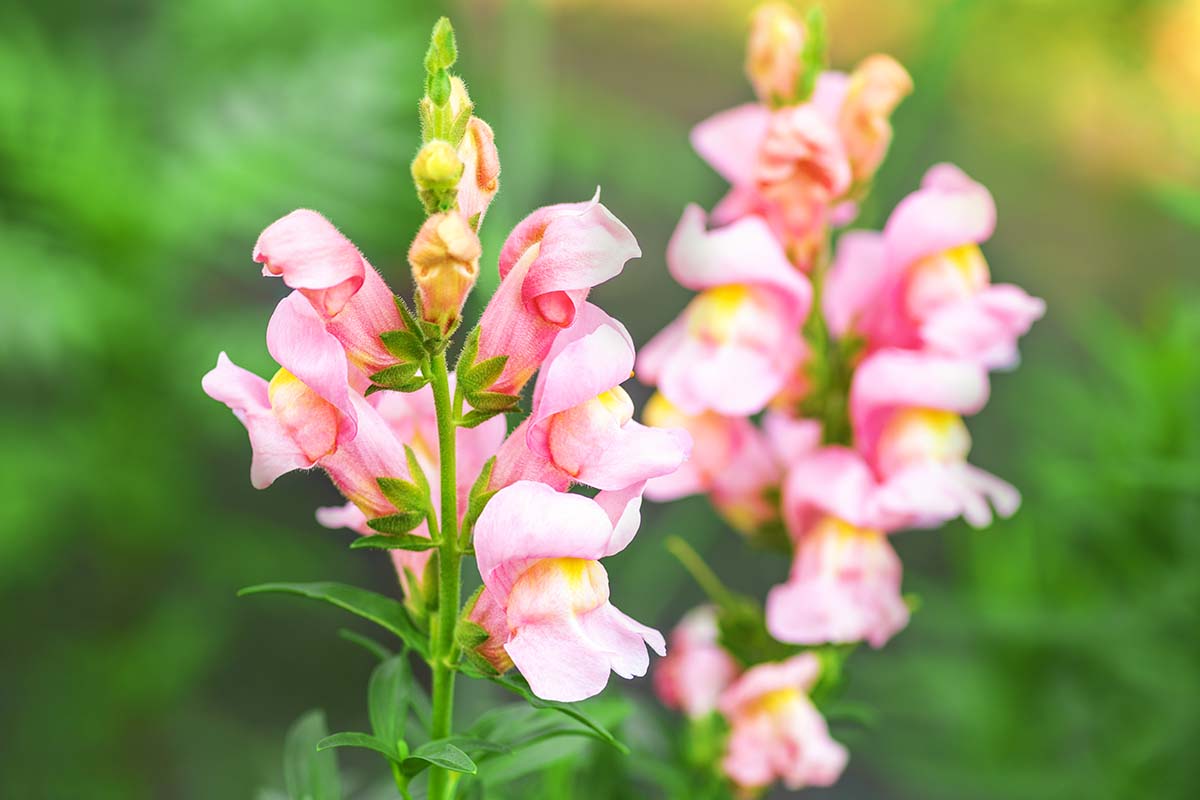

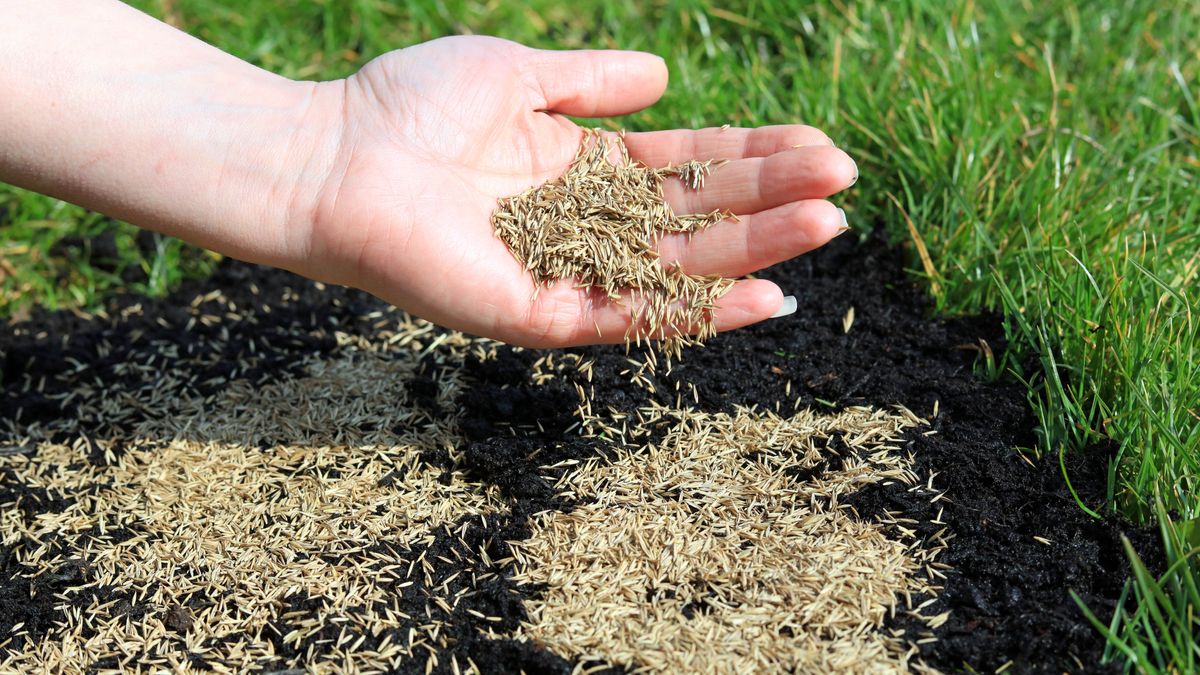
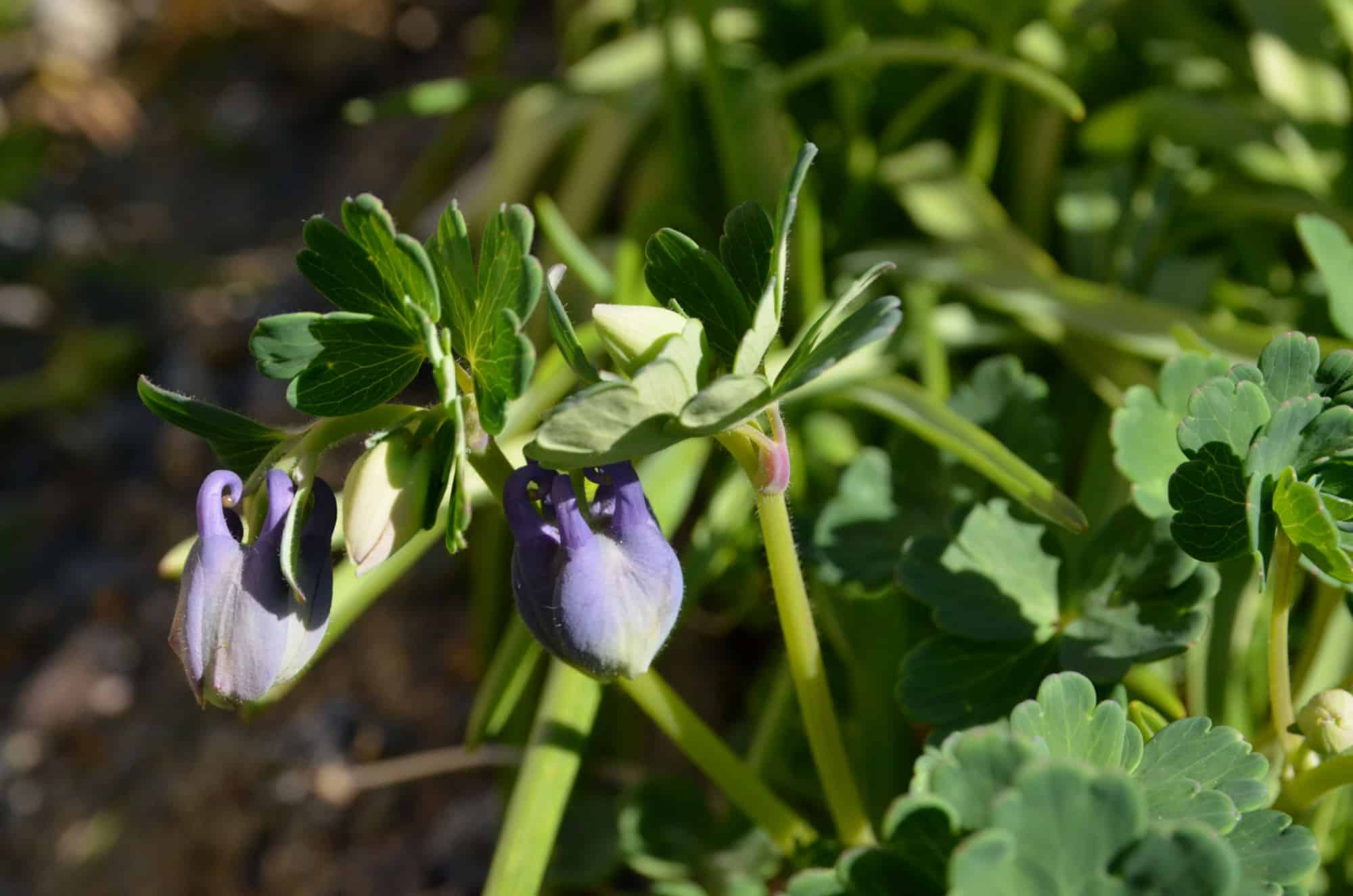






0 thoughts on “When To Plant Grass Seed In Indiana”